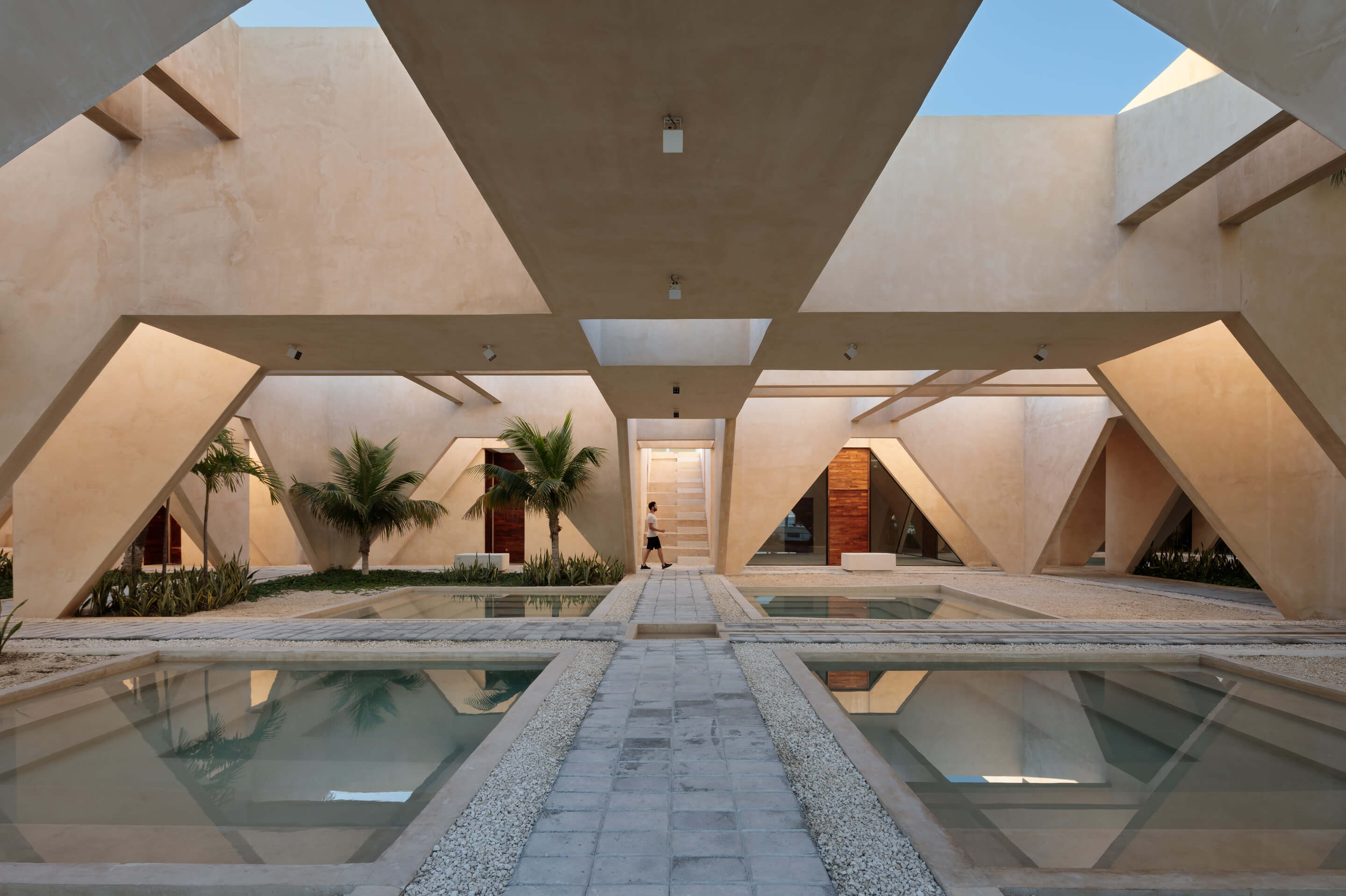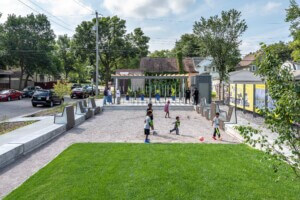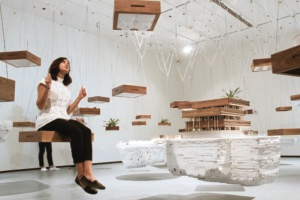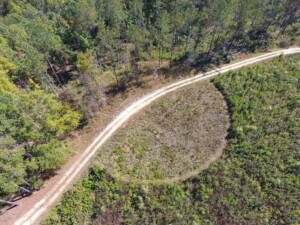This article is part of our series of profiles on the Architectural League of New York’s 2022 Emerging Voices winners. The full list can be found here.
Estudio MMX and Landing Studio will present on their respective work on March 24 at 6:30 P.M.; more information can be found here.
Estudio MMX was founded in Mexico City in 2010 (hence the name) by Jorge Arvizu, Ignacio del Rio, Emmanuel Ramirez, and Diego Ricalde. The four partners met while working for Alberto Kalach, and while they all went on from that office to do different things, they stayed in touch and finally decided to band together to form a collaborative practice. “When we got together, we always realized that four minds are better than one, so we like to work that way,” Arvizu told AN. “It’s not easy, because everybody is different.”
At the outset, most of the firm’s work was private houses and gardens, but they always harbored a desire to design public spaces and buildings. The opportunity came after the Puebla earthquake of 2017, which damaged and toppled thousands of buildings across Central Mexico, killing scores of people. Estudio MMX was commissioned to design a new civic center for the town of Jojutla, which was particularly hard hit by the tremor. The resulting project, the Jojutla Central Garden (2019), is a series of open landscaped spaces defined by arcades of crossing brick arches that borrow from the local vernacular while giving this inspiration a twist.

The project caught the eyes of the international design press and opened the way for a series of other public projects for the office, each of which seems to hinge on a particular disaster, whether natural or artificial. Mothers’ Monument Plaza in Tequila (2020) and the Aqua Verde Sports and Community Center (2020), for example, were both part of the effort to bolster community life and public space in the wake of Hurricane Willa, which devastated Sinaloa and Nayarit in 2018. Hurricane Grace struck during the completion of the Regional Museum of Progreso (2021), which is notable in that 75 percent of its footprint is shaded, open-air public space. The Tamulté Civic Square in Tabasco and the Tepozan Arts School in Canalejas, meanwhile, provide other options for children who are too often drawn into Mexico’s powerful organized crime gangs.
These projects show the potential of architecture to make some positive differences in a troubled world. In the words of Ricalde, “We have always focused on not necessarily architecture, but how architecture can change something else.”











